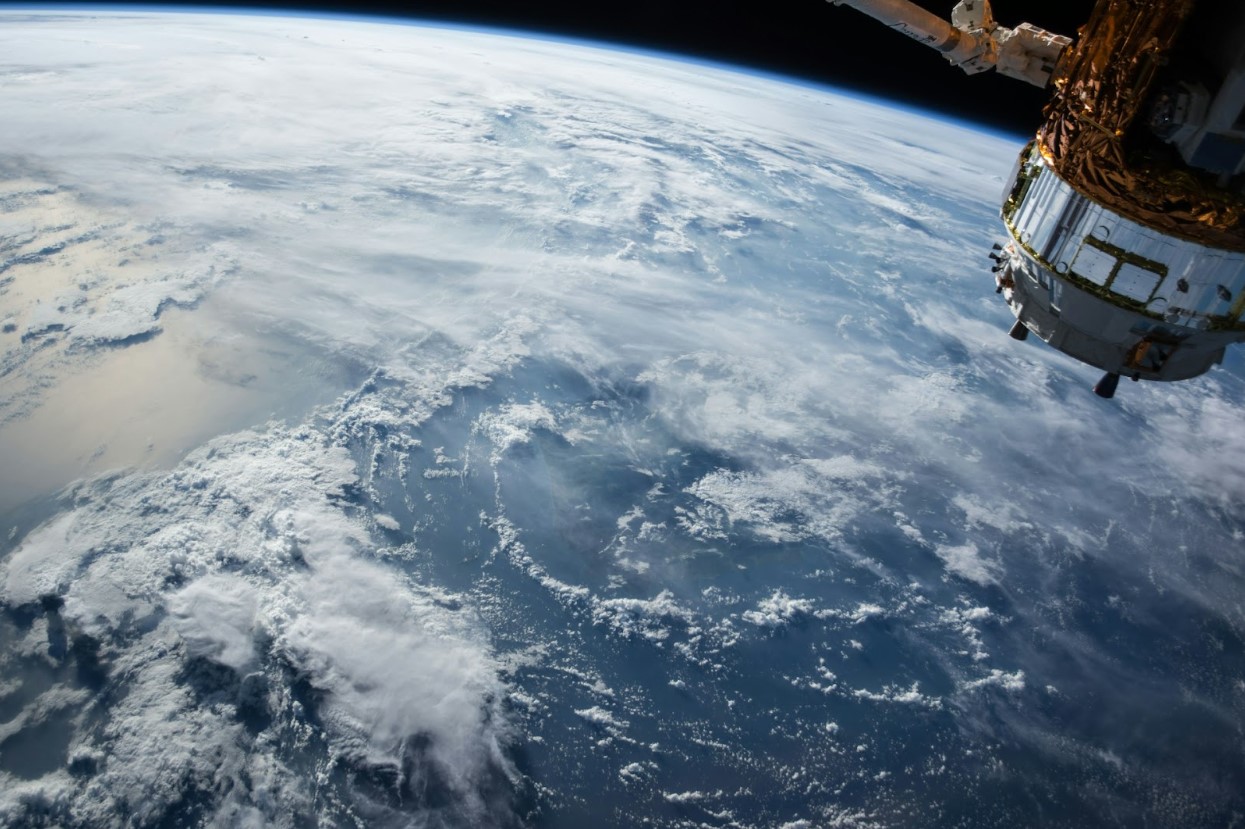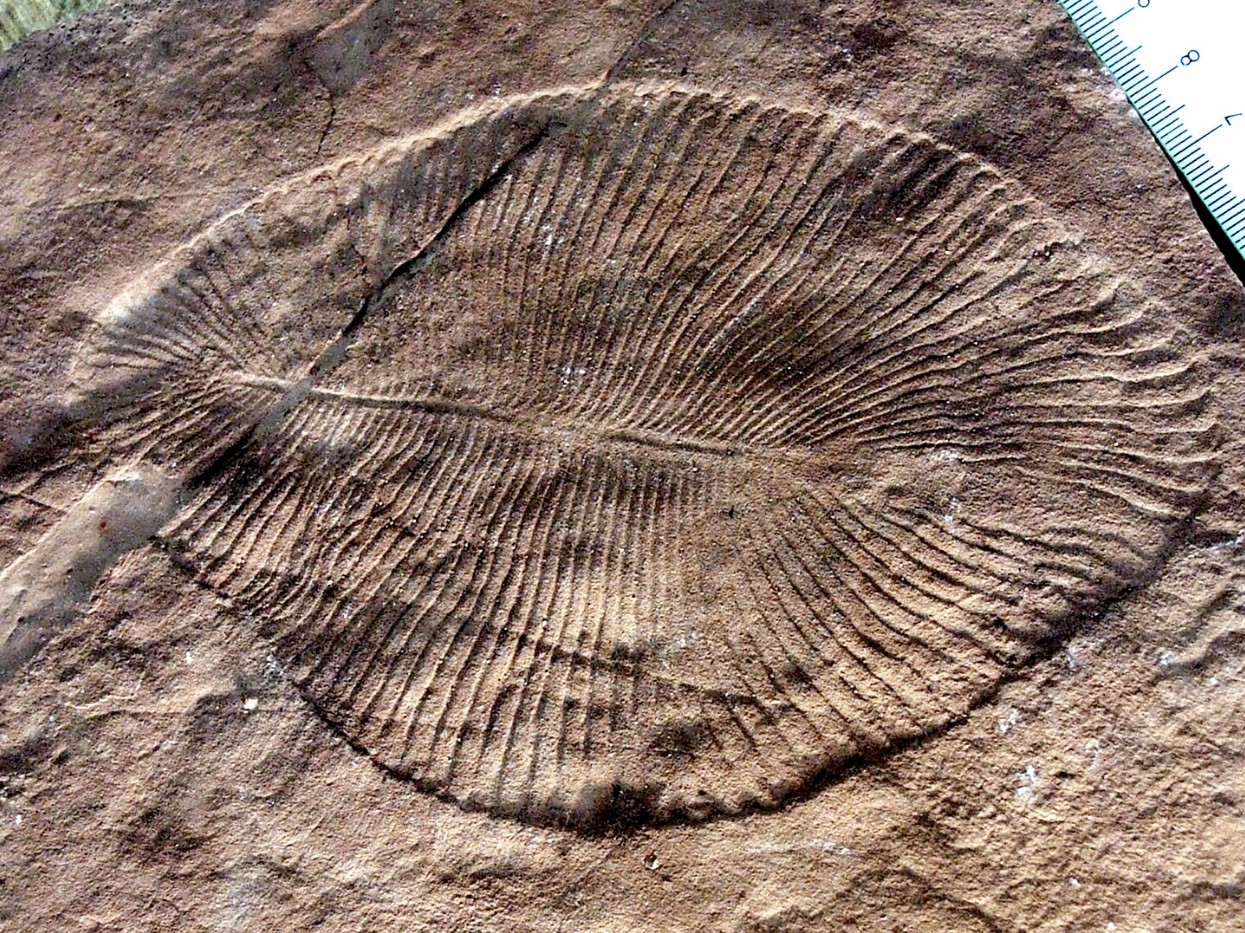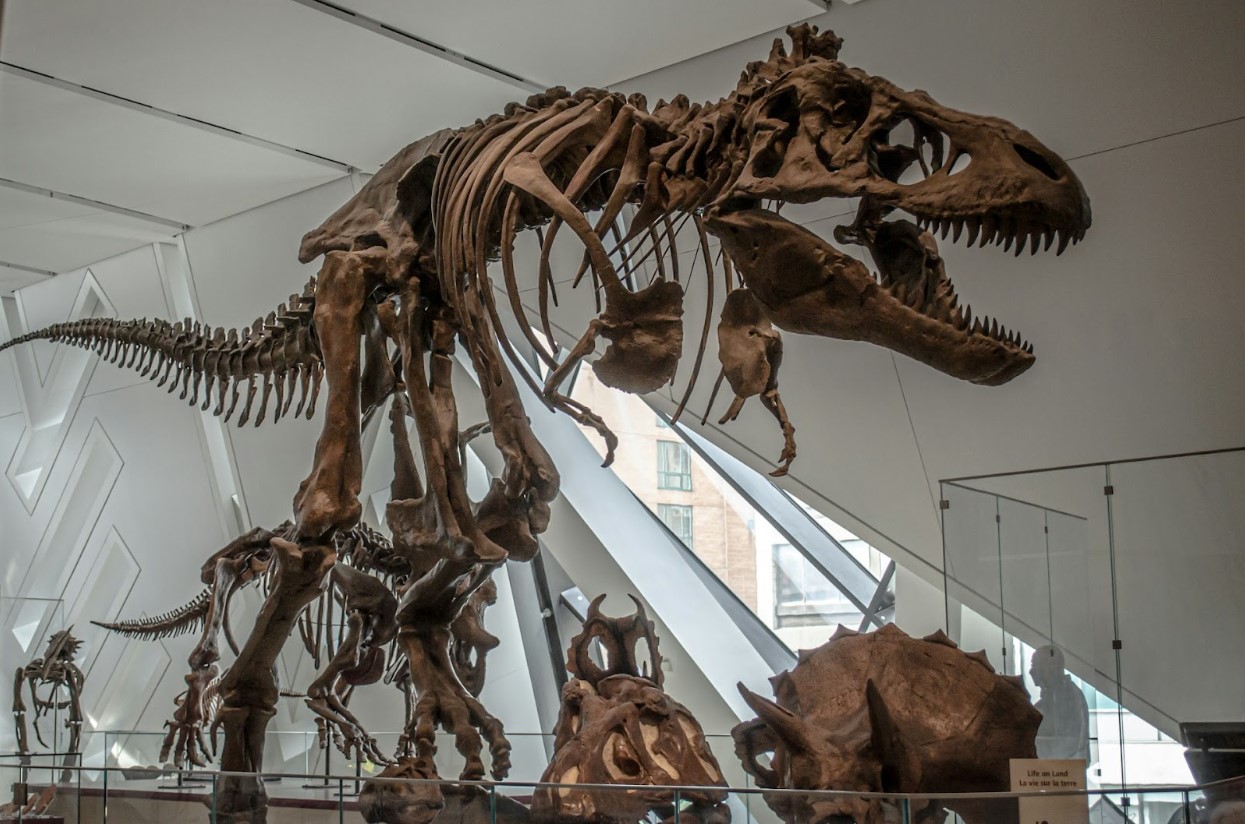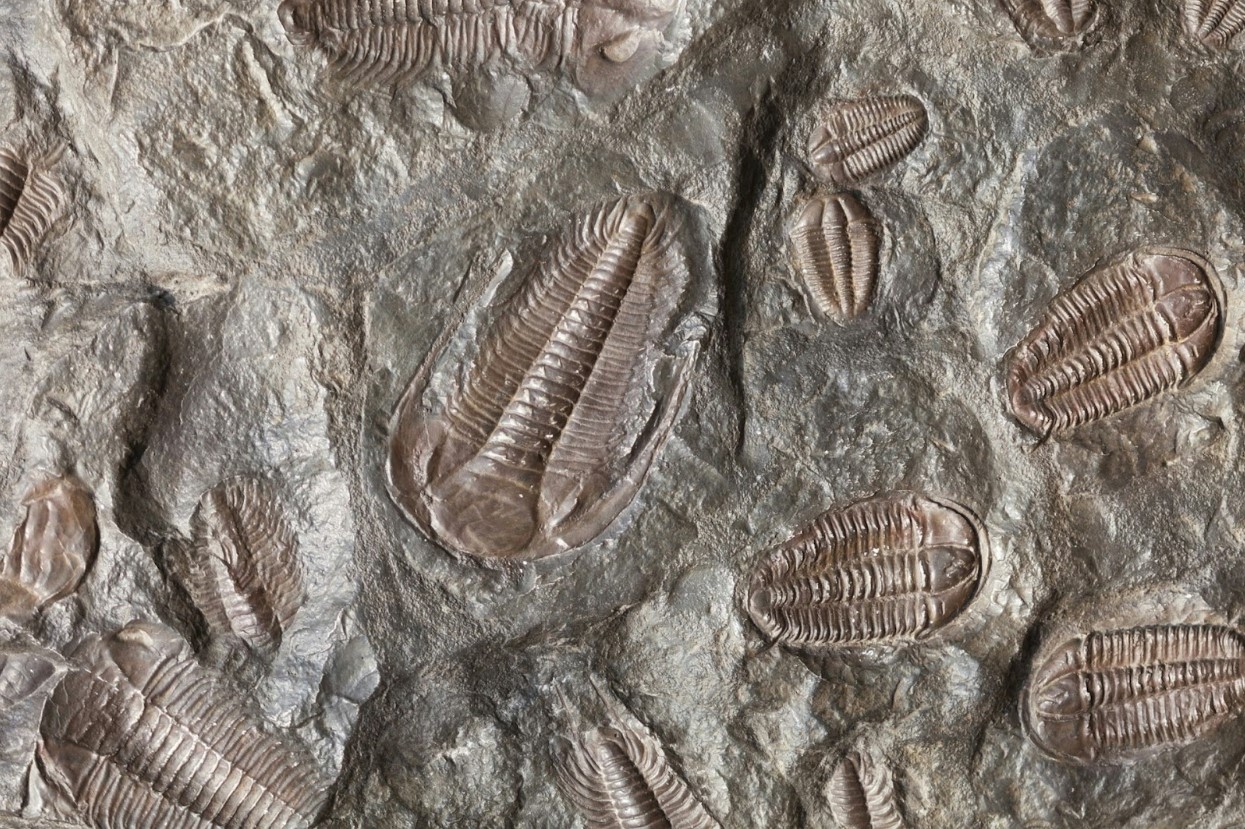If you traveled back in time 500 million years, the surface of the Earth would look very different from how it does today.
But what fewer people realize is that the inside of the planet would be different. Scientists postulate that the Earth’s magnetic field was far weaker then than it is now, and this may be the key to the birth of life as we know it.
The Magnetic Field

Before exploring this theory in more detail, it’s useful to first have an understanding of what the Earth’s magnetic field is and how it can impact the planet.
The Earth’s magnetic field extends from the planet’s inner core out into space. It influences our ocean, atmosphere, and the chemical makeup of the planet. It can vary in strength and some scientists believe the intensity of the field can massively change how the Earth looks and functions.
The Earth’s Magnetic Field Has Changed Over Time

The strength of the Earth’s magnetic field has not been constant over the 4.5 billion-year history of our planet.
By analyzing crystals preserved in rocks, scientists have been able to look at how the magnetic field has changed over time. Analysis of rocks from South Africa and Brazil has shown that 2 billion years ago, the field strength was about as strong as it is today, but around 590 million years ago it was 30 times weaker.
It Nearly Collapsed

Studies have shown that in fact about 500 million years ago, the Earth’s magnetic field came dangerously close to collapsing altogether.
Research indicates that intense heat about half a billion years ago melted the inner core of the Earth. This produced a shift in the force of the magnetic field, which in turn altered the temperature and elements of the Earth’s air and water.
Atmospheric Changes

Part of the role of the magnetic field is to deter solar winds from entering the Earth’s atmosphere. When the field is weak, these winds can penetrate the atmosphere and alter the chemical makeup of the air.
A weaker field meant lighter gasses like hydrogen were lost from the atmosphere. Less hydrogen increases the proportionate levels of oxygen in the Earth’s air and water. This may have driven the evolution of life as we know it today.
Life Before the Magnetic Field Near-Collapse

Before this significant weakening of the magnetic field, life on Earth was predominantly single-celled and other relatively simple microorganisms.
These were basically the only life on Earth until roughly 500 million years ago. Coinciding with the near-collapse of our planet’s magnetic field, we see the emergence of a new kind of life.
Multicellular Organisms Appear

This period of time circa 500 million years ago is known as the Ediacaran. It is notable as the point in our planet’s history where it seems the first multicellular organisms appeared.
During this period, we begin to see creatures like tubes and slugs. We also see the bizarre, disc-shaped Dickinsonia populating the ocean floors.
A Huge Evolutionary Jump

This proliferation of more complex, multicellular organisms marks a huge evolutionary leap forward for life on Earth.
To account for the increased oxygen levels in the water recorded around this time, scientists assumed that these organisms developed around the same time as photosynthetic organisms evolved. It’s now believed that the weakened magnetic field allowed for the excess oxygen necessary for such an evolutionary leap.
Larger Animals

Whether one was indeed driving the other is open to scientific debate, but one thing scientists can agree on is that larger organisms definitely needed more oxygen than their single-celled forebearers.
It’s not too much of a stretch to say therefore that this increase in oxygen in our planet’s air and water due to the weakening of the magnetic field at least facilitated if not drove the evolution of complex life on Earth.
The Magnetic Field Recovered

Scientists believe this period of a weakened magnetic field, and associated evolutionary proliferation, lasted for around 26 million years. During this time, the innermost core of the Earth was liquid, not solid.
It eventually ended when global temperatures sharply dropped. This allowed the Earth’s core to solidify once again, and the planet’s magnetic field strength increased.
After the Ediacaran

The period after the Ediacaran is known as the Cambrian Period. It is again marked by a rapid evolution of animal species in a short space of time.
During this period, we start seeing animals with shells for the first time and the first vertebrates appear in the fossil record. The disc-like lifeforms of the Ediacaran period die off, with life starting to look a bt more like the life we recognize today.
Did the Magnetic Field Drive Evolution?

It’s widely held that these two things were happening concurrently — the Earth’s magnetic field was weak, and we saw a radiation of animal species. In the words of John Tarduno, a geophysics professor at the University of Rochester: “We do not challenge that one or more of these processes was happening concurrently. But the weak field may have allowed oxygenation to cross a threshold, aiding animal radiation (evolution).”
But this does not necessarily mean that one led the other. Though it is a popular theory, not everyone subscribes to the magnetic field explanation. Peter Driscoll of the Carnegie Institution for Science and Wellbeing is dubious, questioning the influence magnetic fields would have on climate.
